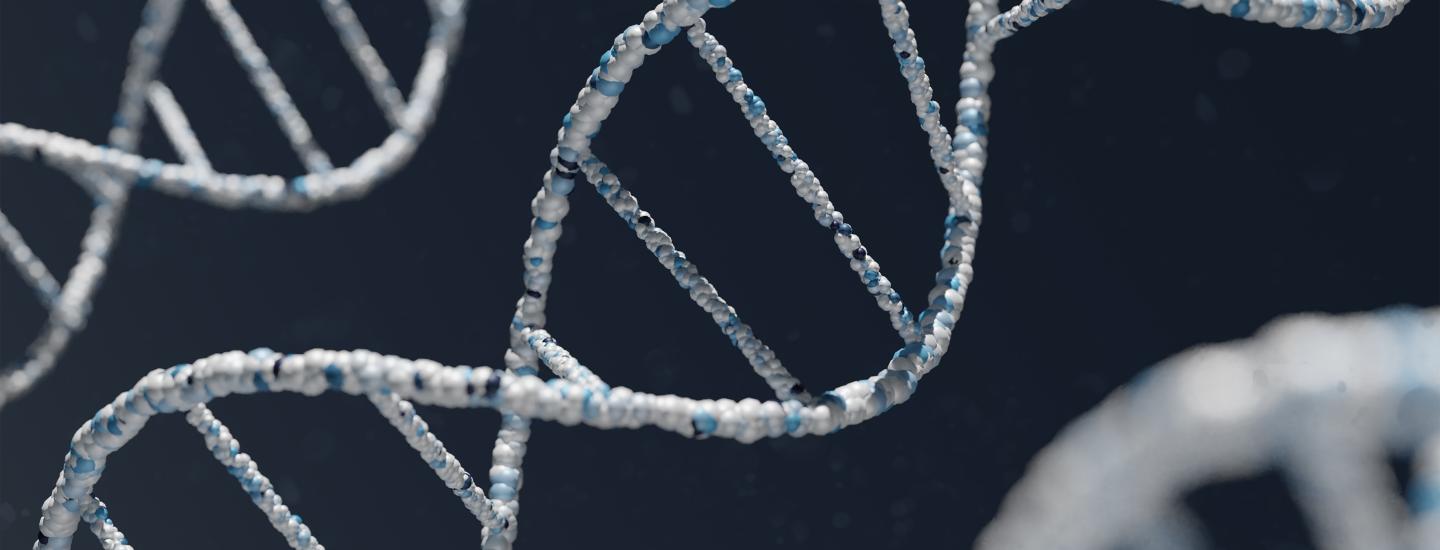
Cancer researcher and SCS instructor, Kinjal Desai, shares some DNA 101.
You probably already know that our DNA carries all the instructions for life.
There are a lot of interesting tidbits about DNA that are fascinating. I’m happy to share a little more about this fundamental molecule of life.
1. DNA is our genetic material and carries all the instructions from generation to generation.
2. The DNA is stored in a specialised and enclosed part of our cells called the nucleus (plural: nuclei).
3. Our red blood cells have no nuclei and no DNA. This is an adaptation which allows the red blood cell to carry more oxygen molecules to various parts of the body.
4. Other types of blood cells do have DNA. In fact, DNA was discovered by Swiss researcher Friedrich Miescher in 1869. He was trying to study the composition of white blood cells, but instead, he isolated a new molecule containing DNA.
5. If you were to collect the DNA contained in a single cell and stretch it out, it would be over two metres long!
6. To fit into cells, DNA is condensed, packed, and folded many times over and finally fits into a space of approximately 6/millionths of a metre.
7. All genes are made of DNA, but not all DNA is genes. In fact, less than 2% of our DNA is genes. The genes are scattered throughout our DNA with tons of “non-gene” DNA in between them.
8. The 98% non-gene portion of our DNA used to be called “junk DNA” or “dark DNA” because of how little it was understood, but scientists are now learning that it plays a very important role in controlling genes and how they act. This emerging field is known as epigenetics (epi=above).
9. Genes are the instructions for how to make proteins. Proteins are the workers of every cell and carry out all the functions and tasks of our cells.
10. Genes make proteins through an intermediary called messenger RNA or mRNA. Without mRNA, there would be no proteins and no life.
11. "DNA makes RNA, and RNA makes protein" is known as the central dogma of molecular biology, or just the central dogma since it is so fundamental to our current understanding of biology. It explains the flow of genetic information within biological systems.
12. DNA is made up of “letters”, represented as A, T, G and C. These letters are short for the chemical compounds they constitute.
13. There are 3 billion DNA letters contained in every cell.
14. Genes are like words in the alphabet of the DNA. Genes always start with the same set of 3 letters (ATG). That is how scientists know it’s a gene, and they can literally be read by an instrument known as DNA sequencer.
15. We have approximately 25,000 genes, and these can be found in every cell.
16. Not all genes will be used by every cell because some are highly specialised for organs (such as the brain, or the heart). Epigenetics dynamically control which genes are on and which are off.
17. The human genome, which is our total DNA, was first sequenced completely in 2003. The effort took 13 years and cost three billion U.S. dollars.
18. The human genome can now be sequenced for $1000 in less than two weeks.
19. Human DNA is divided into 23 pairs of discrete units (a total of 46). These are known as chromosomes. Each of the 23 chromosome pairs are matched up and have the same set of genes, so we have two copies of each gene.
20. The human germ cells (sperms and eggs) have only 23 DNA molecules, not 46. This is so that when an egg and sperm fuse, they can complete the set of 46. This also explains how we inherit genes from biological mum and dad.
21. In 1953, the combined work of scientists Rosalind Franklin, James Watson, Francis Crick and Maurice Wilkins uncovered that our DNA is shaped like a corkscrew or a double helix. This discovery had massive implications for understanding how DNA functions.
22. Every time a cell divides in two (which can be as often as every 4-8 days in some organs such as the intestinal lining), the entire DNA within each cell copies itself exactly, making less than one in a million copying mistakes (mutations). This is how our genetic information is preserved over time.
23. Despite all the genetic differences between human beings that account for differences in how we look, behave, or are susceptible to disease, humans are 99.9% identical in their genetic makeup.
At first glance, understanding DNA can seem a bit intimidating. But when we break it down, it’s clear that digging into the basics can be fun and accessible to anyone interested!
Kinjal Desai has been a cancer researcher for over a decade and is currently a postdoctoral research fellow at the Hospital for Sick Children. She works on pediatric brain cancer. Kinjal believes that good research is incomplete without the effective communication of the findings to the community at large. She, therefore, volunteers with an information outreach group, where she leads talks about cancer research to patients, survivors, and caregivers as well as to high school students. When not researching or teaching, Kinjal enjoys baking, tennis, and stand-up comedy.
Her course, Cancer: The Enemy Within starts April 6, 2022.
